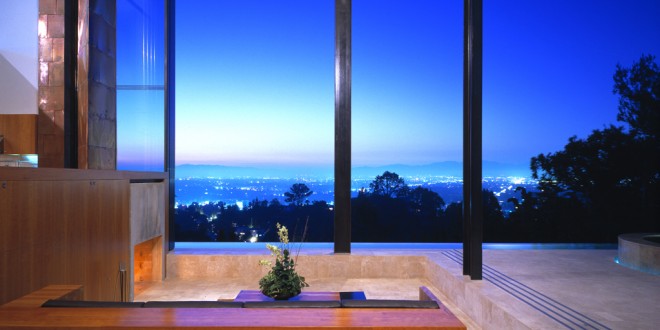Traditionally, the construction industry has been one of the most wasteful industries worldwide. Making up for 50% of trash in landfills and 40% of power use worldwide, it is, simply put, a very unsustainable industry. In response to this, the construction industry and homeowners alike are putting more effort into becoming environmentally friendly.
If you are looking into building a new home in an eco-friendly way, we have a guide for you. We have curated the ultimate guide to eco-friendly construction and building a home for your climate that will withstand the elements for years to come.
How is the construction industry becoming greener?
While not every construction company will automatically follow these guidelines upon building a home, you can always make requests. Home-building can be a very environmentally damaging process, but by using these tips, the construction can become a bit more eco-friendly.
- Use recycled materials, such as reclaimed wood.
- Work renewable energy features, like solar panels, into your new home’s building plan.
- Don’t disrupt foliage around the home site.
- Work with the surrounding environment when landscaping.
- Be sure to conduct soil stabilization at the home site.
How to Build for Your Climate
Building a home suitable for your climate’s weather conditions is a great way to prevent costly repairs and re-starting the wasteful construction process. This is why it is best to use materials and add features that will help your home withstand the conditions. Here are some of the best building materials and features for each climate.
Desert Climate Materials
Desert climates are characterized by a lack of water, swinging temperatures, and high evaporation rates. If you are building in a desert climate, consider adding the following materials and features to your contractor’s list:
- Metal roofing to keep your home’s internal temperature controlled
- Solar panels to provide a green source of energy
- Stone reflects heat and lasts a long time
- Cross-ventilation design prevents your A/C from overworking, as the home is designed to keep air moving and the home cooler
- Light-colored paint is great for reflecting heat
- Vinyl windows create an air-tight seal to keep the cool air from escaping
Rainy Climate Materials
If you love the peace of a rainy day, a rainy climate might be a fantastic place for you to build a new home. Rainy climates are characterized by lots of greenery, high humidity, and (obviously) plenty of rainfall. Here are some items and features you may want to consider when building in this environment:
- Engineered hardwood flooring doesn’t warp when wet
- Metal roofing will reduce mildew and mold buildup
- Paperless drywall fights off mold growth in your walls
- Underground downspouts will prevent flooding by using proper drainage
- Vinyl siding will keep rainwater moving and away from your home
- Use humidity-resistant paint to prevent paint around your home from cracking due to high humidity levels
Cold Climate Materials
Everywhere gets chilly sometimes, but certain areas face extreme cold. Cold climates are characterized by heavy snowfall, ice buildup, and strong winds. These features and materials can help your new home survive the elements:
- Carpet will increase heat retention in your home
- Brick siding is able to withstand heavy winds and protect against the cold
- Heating cables can be added to your roof to prevent ice dams
- To avoid frozen and busted pipes, use heating tape
- South-facing, multi-pane windows will increase insulation and lower utility bills
- Cedarwood shingles can sustain heavy snowfall
Windy Climate Materials
Windy climates often face strong wind gusts, severe storms, and overall unpredictable weather. All of these factors may make you consider these materials and features to storm-proof your home:
- Metal Louvers on all of your home’s windows will prevent broken glass
- Masonry blocks are great in case of a tornado, as they can line exterior walls to prevent debris from flying through the house
- Rebar is a great addition as it can secure the wall materials to the home’s frame
- Concrete parapet can help reduce roof uplift during high winds
- Steel framing will help your home hold up strong winds
Green Alternatives for Your Home
When building a new home or renovating your current home, you want to make sure that you are choosing the most eco-friendly items to make your home more self-reliant. Especially as many people are beginning to future proof for climate change. Here are some great, green alternatives for your home.
- Ferrock is a sustainable alternative to concrete
- In order to lower your water bill, as well as reduce your water usage try a low flow-toilet
- Sheep-wool insulation is a non-toxic way to keep your home warm
- Recycled steel saves energy and your wallet
- Bamboo flooring is more sustainable than traditional hardwood flooring
When building a home, it is important that it is built to last and thrive in its climate, as well as prepared to face climate change. Follow the guide above to create a sustainable home that will last for years to come. And lastly, make sure to get a home insurance policy to protect your green home.


